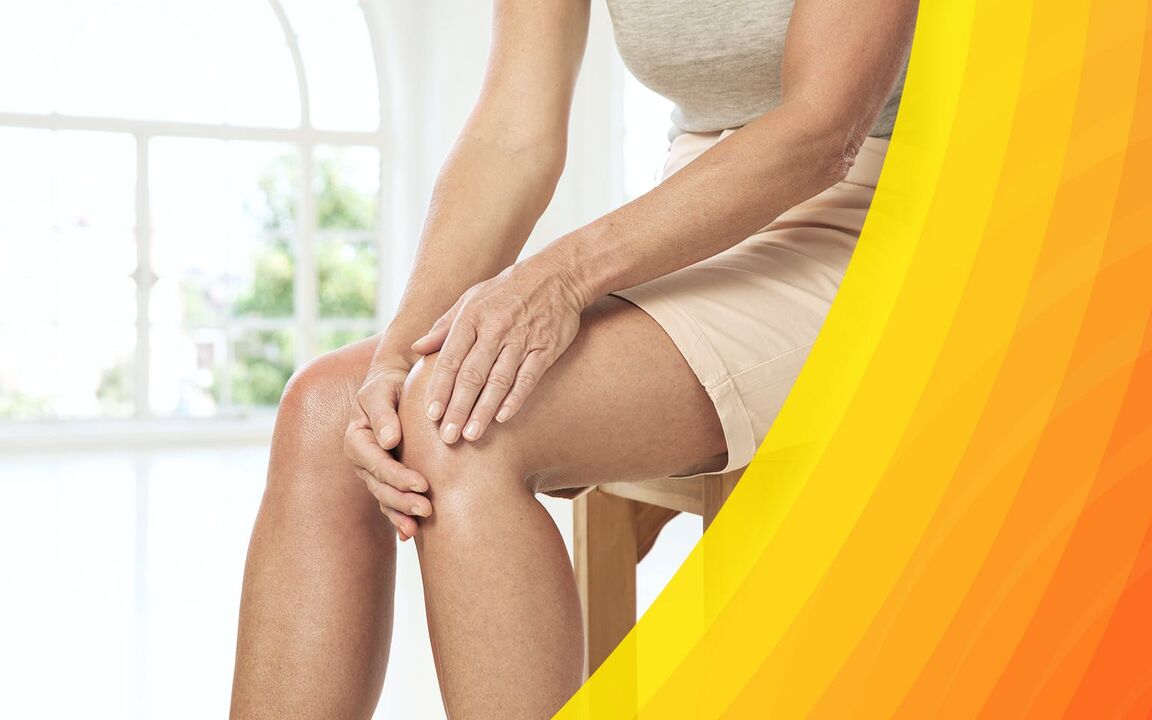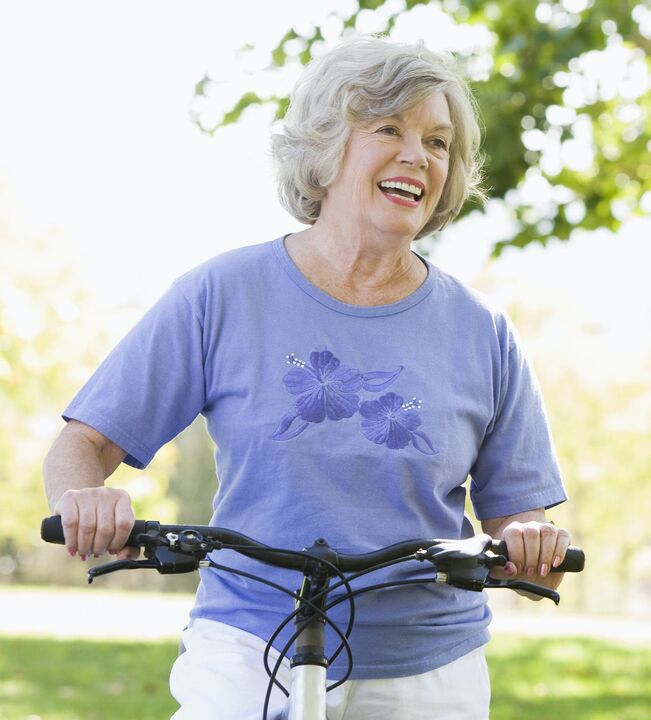
The knee is one of the largest and most complex joints in our body. The knee joint is prone to injury that can cause pain. Especially often the knees are injured while running. Let's look at the main causes and treatments of knee pain.
Knee pain symptoms
Knee pain symptoms depend on the cause and severity. Knee pain is a common problem.
Knee pain can occur suddenly with a lot of stress and injury.
Instability or weakness can often occur in the knees - up to the part where the legs are about to give way.
Depending on the cause of the pain, other symptoms may be observed: stiffness, pressure on the knee, compression of the knee joint in one position, inability to straighten the leg.
How does knee pain affect us?
Knee pain is more common in the elderly, overweight (due to increased stress on the joints) and during exercise. Knee joints are actively involved in the movement, so knee pain affects our lives a lot. We can't play sports with knee pain, it's hard to climb stairs on foot.
The knee joint is made up of three bones, the tendons that connect the muscles to the bones, and the ligaments that stabilize and connect the bones. There are two C-shaped cartilages in the cavity of the knee joint - the meniscus. The main role is to cushion the joint. The fluid-filled bursa allows the joint to move comfortably.
Eighty percent of those surveyed experienced knee pain.
Why knee pain occurs
Knee pain is often caused by injuries (sprains and tendons, dislocations, ligaments or meniscus tears), as well as osteoarthritis, tendonitis (inflammation of the tendons) and bursitis (accumulation of fluid inside the bursa).
Sports injuries
Knee injuries are common among athletes. Often there is a rupture of the knee joint with sudden knee pain. Excessive stress on the knee extremity, such as running, walking, jumping, and cycling, can be termed "running knee" (iliotibial tract friction syndrome). It usually presents as pain in the kneecap area and is caused by overuse, injury, leg bone disease, or muscle weakness.
Other reasons
Knee injuries can develop gradually with osteoarthritis. If a person's gait is impaired as a result of problems in the hip or ankle joints, this in turn can lead to asymmetry in the load on the knee joints, which is fraught with injuries. Knee injuries, even minor injuries, increase the likelihood of similar injuries in the future.
Determine the cause of the pain
Pain on the side of the knee can be caused by damage to the ligaments and a tear in the meniscus (the cartilaginous layer that stabilizes the joint). Pain in the front of the knee is usually associated with bursa inflammation and cartilage problems. Osteoarthritis can cause pain behind the knee.
Treatment
How knee pain is diagnosed and treated depends on the cause of the pain. You should consult a doctor to determine this. The doctor will examine your knee and check for movement, swelling, bruising, and localized fever. To relieve your pain, your doctor may recommend physical therapy and a knee brace, additional tests (x-rays, MRI, ultrasound, or CT), exercises to strengthen your knee joint, and prescription non-steroidal anti-inflammatory drugs to reduce pain. and treat the cause. In addition, after consulting a doctor, you can provide protection and comfort to your injured knee at home, apply ice, apply a compression bandage and keep your knee in a high position. Over-the-counter pain relievers for internal and external use can help reduce short-term to moderate pain and reduce inflammation.

What is Runner Knee Syndrome?
Knee injuries are common, especially among athletes involved in athletics.
Runner's knee syndrome includes the following symptoms:
- Pain in or around the patella.
- Pain when bending the knee.
- The pain is exacerbated when descending or descending stairs.
- Swelling in the knee area.
- You may feel a click or a crackling sound in your knee.
Treatments include rest and anti-inflammatory medications
Exercises to reduce knee pain
Knee pain is common: 80 out of 100 people who complain of pain report knee pain. Three simple exercises will help make the muscles that support your knee stronger and more flexible. Doing these exercises regularly will help prevent or eliminate knee pain.
































